About this threat
FriedEx Virus is a highly dangerous ransomware malware that mainly targets companies/organizations rather than individual users. Ransomware is becoming a huge problem for businesses because infection is very easy, and it could have disastrous consequences. The ransomware could infect a network via various methods, such as via brute force attacks on Remote Desktop Protocol (RDP), or when an inexperienced employee opens an infected email attachment. 
Whatever the infection method is, once it’s inside the computer, there’s not much to be done. It will have encrypted important files and will demand a huge payment in exchange for a decryptor. Organizations/businesses that have backup will be in lesser trouble because they’ll just have to delete FriedEx Virus from all the computers in the network, and then begin the process of restoring data from backup. However, some may consider that paying the ransom is quicker and choose to do that instead, as seen in this case. However, complying with the demands and giving crooks money is not something many malware specialists recommend. Firstly, it does not always guarantee file decryption as criminals can just take the money. Paying also supports the already highly profitable business, attracting more and more people to it.
Details about this ransomware
The ransomware, also known as BitPaymer, was first discovered in 2017, by malware researcher Michael Gillespie. It was also responsible for infecting NHS hospitals in Scotland, which brought it a lot of spotlight from the media. According to security firm ESET, FriedEx targets higher profile targets, rather than regular users. Its ransom is also much higher than usual.
“The ransomware encrypts each file with a randomly generated RC4 key, which is then encrypted using a hardcoded 1024-bit RSA public key and saved in the corresponding .readme_txt file,” said ESET analyst Michal Poslušný. All encrypted files will have the .locked file extension added to them.
Once the files are encrypted, the victim gets a ransom note, in which the criminals explain that files have been encrypted and that highly sensitive data has been taken for hostage. The victim is asked to pay 50 Bitcoins, which equals to around $400,000 at the time of writing. That is clearly a lot of money so the targets are likely to be institutions/companies who would need to quickly restore systems, thus are more likely to pay the ransom.
Unfortunately, there is no decryption tool that would restore files for free, if there is no backup available. This is why these kinds of infections are so dangerous, as victims can end up with permanent file loss. And if the files are critically important, their loss could mean a disaster. We would like to think that companies/businesses/organizations etc., do have backup available and have appropriate plans to deal with this kind of situation with minimum inconvenience.
This particular ransomware also threatens that if users do not pay the ransom, sensitive information gathered during the attack would be released to the public, possibly revealing clients’ personal information.
General recommendations when it comes to paying ransom is to not do it. The crooks are demanding almost half a million dollars, and that is a lot of money for a decryptor which may not even recover your files. Wouldn’t be the first time criminals just took the money. In the end, it is up to the victim whether to pay the ransom, but it is recommended to first consider other options.
FriedEx Virus
Once files are encrypted, there’s not much you can do, besides recovering them from backup. In addition, you should scan your computer with capable anti-malware software to see if there are still traces of the infection somewhere.
Offers
Download Removal Toolto scan for FriedEx VirusUse our recommended removal tool to scan for FriedEx Virus. Trial version of provides detection of computer threats like FriedEx Virus and assists in its removal for FREE. You can delete detected registry entries, files and processes yourself or purchase a full version.
More information about SpyWarrior and Uninstall Instructions. Please review SpyWarrior EULA and Privacy Policy. SpyWarrior scanner is free. If it detects a malware, purchase its full version to remove it.

WiperSoft Review Details WiperSoft (www.wipersoft.com) is a security tool that provides real-time security from potential threats. Nowadays, many users tend to download free software from the Intern ...
Download|more


Is MacKeeper a virus? MacKeeper is not a virus, nor is it a scam. While there are various opinions about the program on the Internet, a lot of the people who so notoriously hate the program have neve ...
Download|more


While the creators of MalwareBytes anti-malware have not been in this business for long time, they make up for it with their enthusiastic approach. Statistic from such websites like CNET shows that th ...
Download|more
Quick Menu
Step 1. Delete FriedEx Virus using Safe Mode with Networking.
Remove FriedEx Virus from Windows 7/Windows Vista/Windows XP
- Click on Start and select Shutdown.
- Choose Restart and click OK.

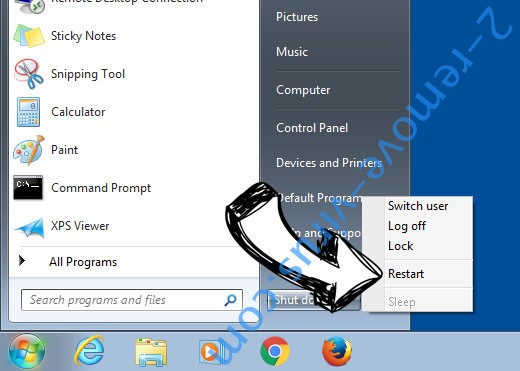
- Start tapping F8 when your PC starts loading.
- Under Advanced Boot Options, choose Safe Mode with Networking.

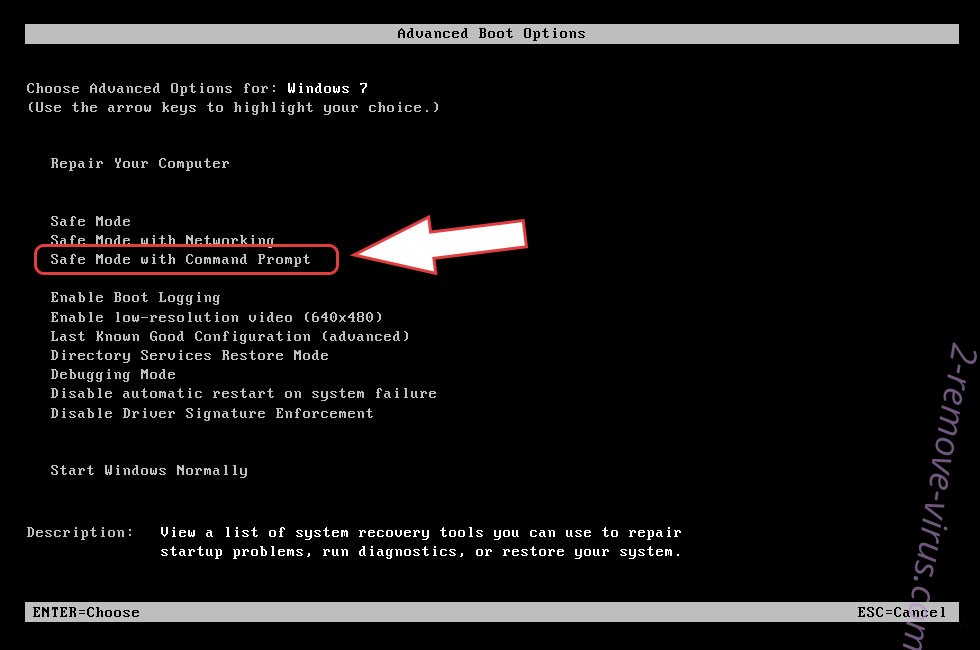
- Open your browser and download the anti-malware utility.
- Use the utility to remove FriedEx Virus
Remove FriedEx Virus from Windows 8/Windows 10
- On the Windows login screen, press the Power button.
- Tap and hold Shift and select Restart.

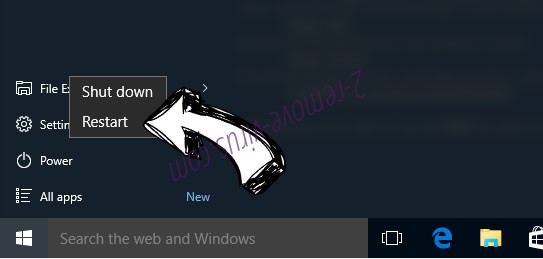
- Go to Troubleshoot → Advanced options → Start Settings.
- Choose Enable Safe Mode or Safe Mode with Networking under Startup Settings.

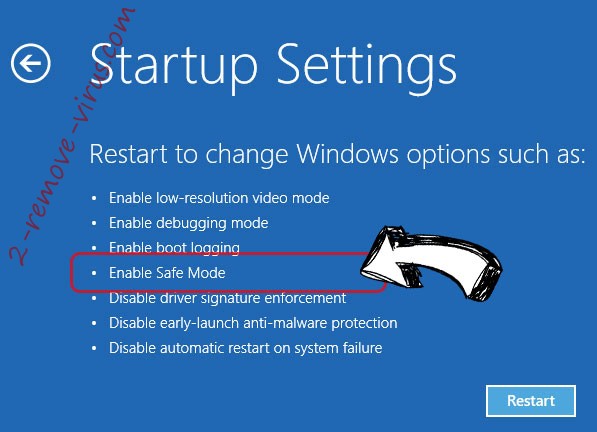
- Click Restart.
- Open your web browser and download the malware remover.
- Use the software to delete FriedEx Virus
Step 2. Restore Your Files using System Restore
Delete FriedEx Virus from Windows 7/Windows Vista/Windows XP
- Click Start and choose Shutdown.
- Select Restart and OK


- When your PC starts loading, press F8 repeatedly to open Advanced Boot Options
- Choose Command Prompt from the list.

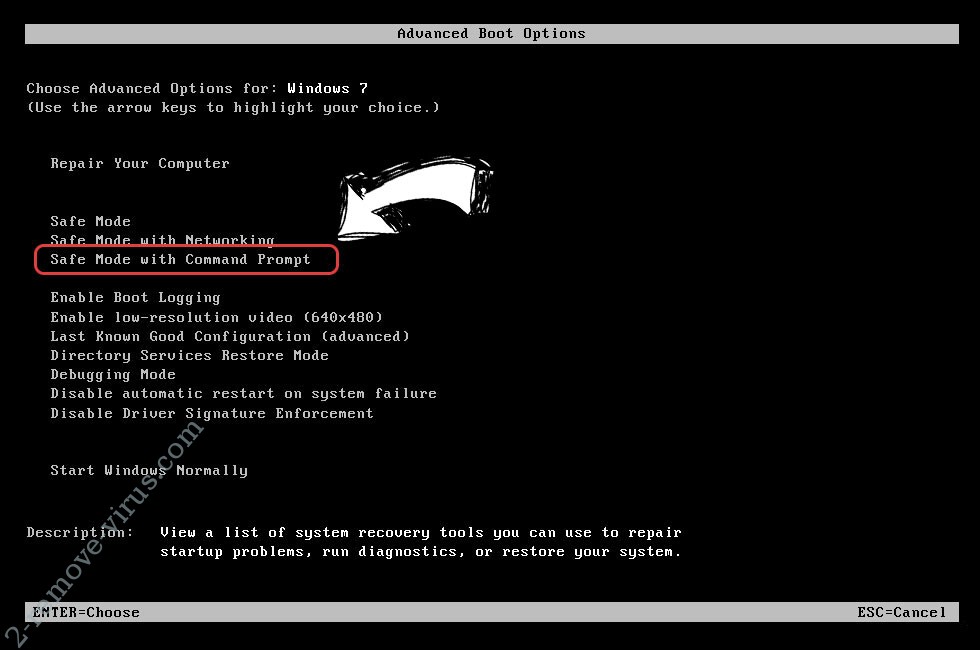
- Type in cd restore and tap Enter.

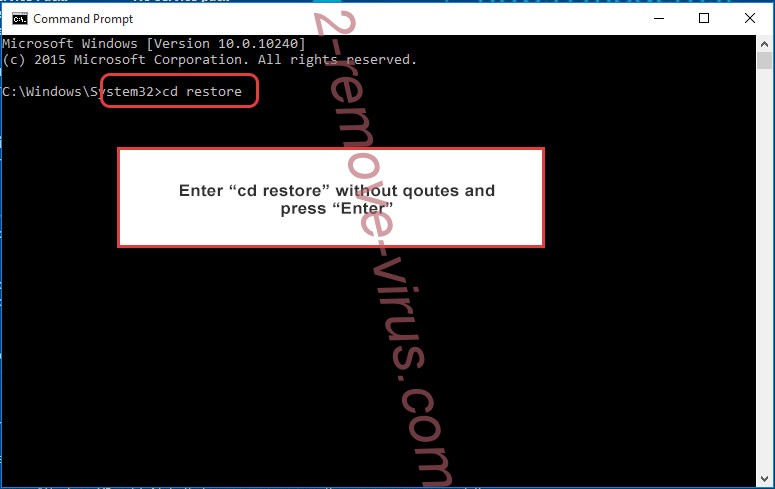
- Type in rstrui.exe and press Enter.

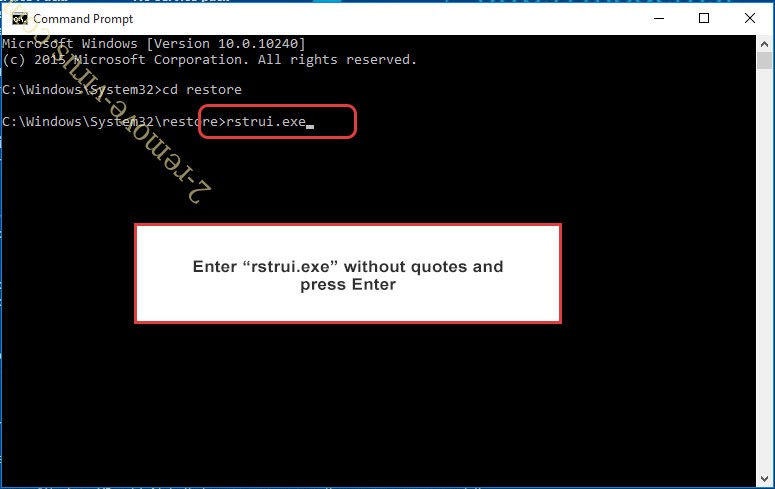
- Click Next in the new window and select the restore point prior to the infection.

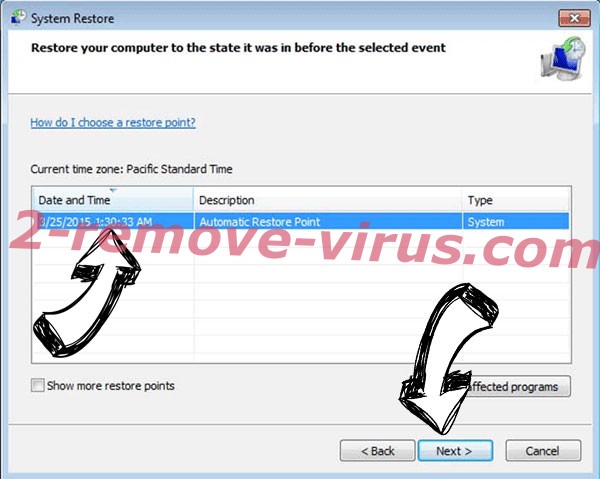
- Click Next again and click Yes to begin the system restore.

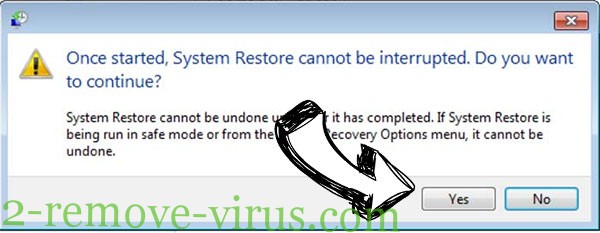
Delete FriedEx Virus from Windows 8/Windows 10
- Click the Power button on the Windows login screen.
- Press and hold Shift and click Restart.


- Choose Troubleshoot and go to Advanced options.
- Select Command Prompt and click Restart.

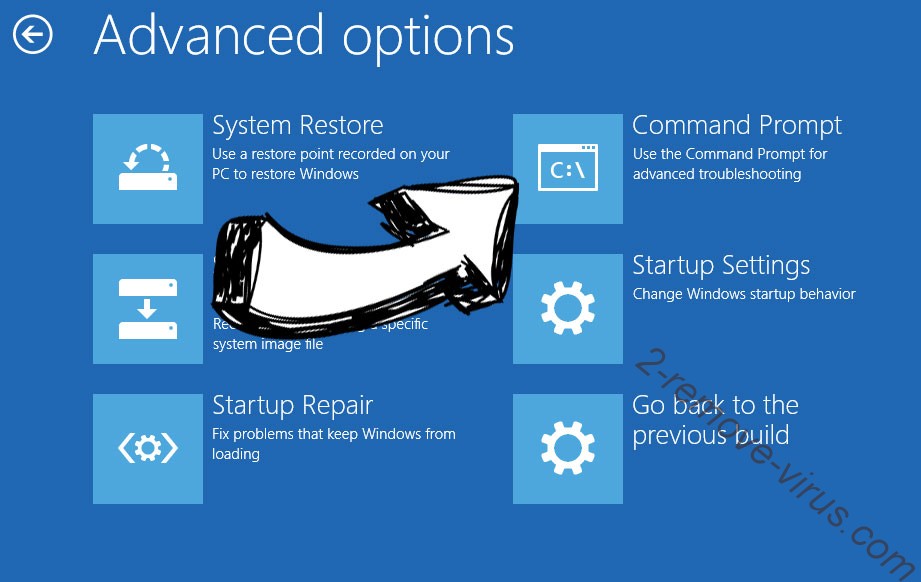
- In Command Prompt, input cd restore and tap Enter.


- Type in rstrui.exe and tap Enter again.


- Click Next in the new System Restore window.

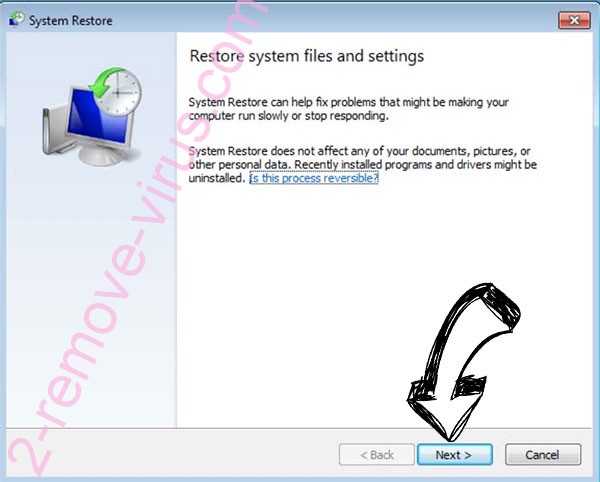
- Choose the restore point prior to the infection.


- Click Next and then click Yes to restore your system.


Site Disclaimer
2-remove-virus.com is not sponsored, owned, affiliated, or linked to malware developers or distributors that are referenced in this article. The article does not promote or endorse any type of malware. We aim at providing useful information that will help computer users to detect and eliminate the unwanted malicious programs from their computers. This can be done manually by following the instructions presented in the article or automatically by implementing the suggested anti-malware tools.
The article is only meant to be used for educational purposes. If you follow the instructions given in the article, you agree to be contracted by the disclaimer. We do not guarantee that the artcile will present you with a solution that removes the malign threats completely. Malware changes constantly, which is why, in some cases, it may be difficult to clean the computer fully by using only the manual removal instructions.
